T4K3.news
Fossil finds show thriving Permian life before extinction
New fossils from Tanzania and Zambia reveal vibrant ecosystems leading up to the end Permian extinction.
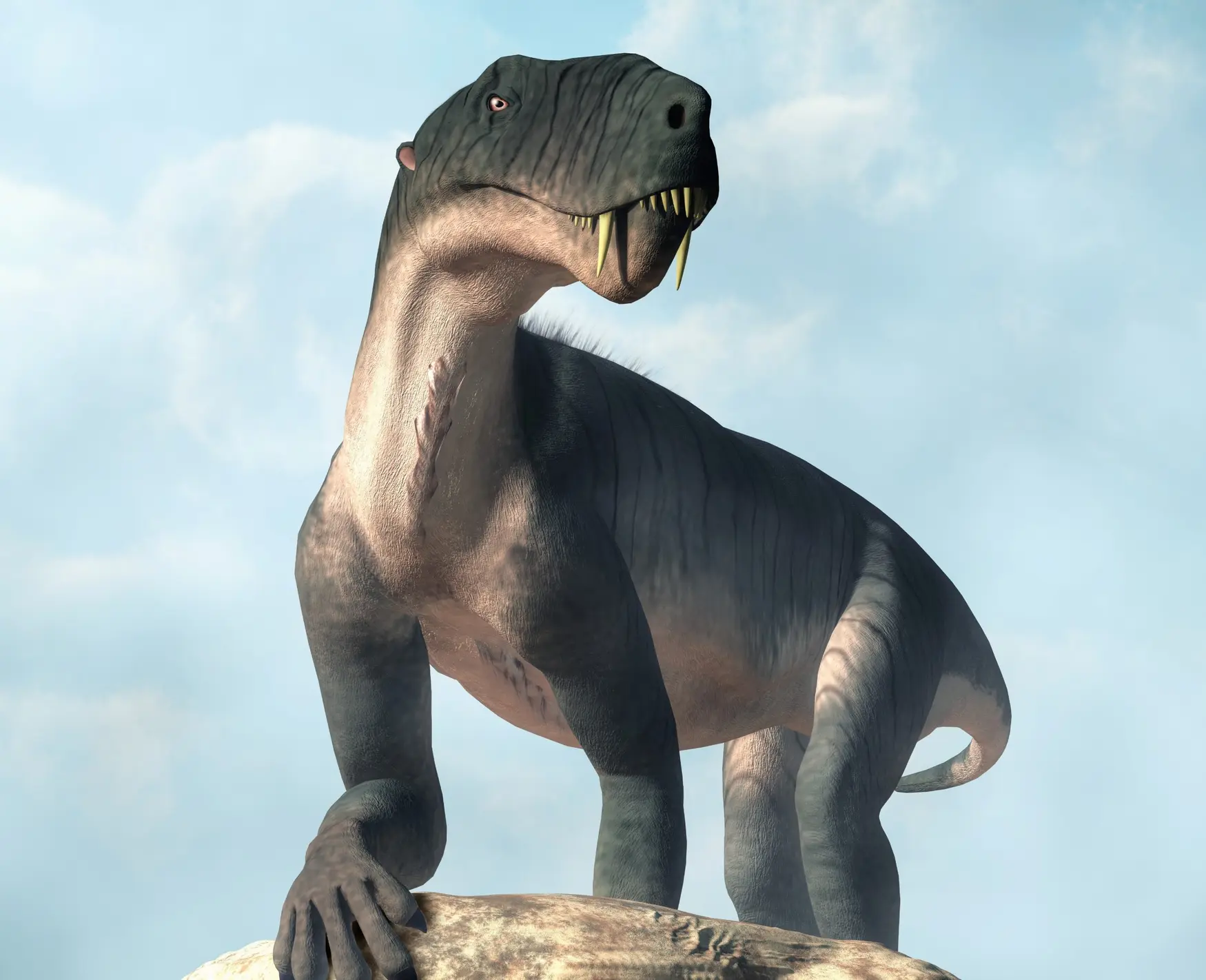
New fossil finds from Tanzania and Zambia show vibrant ecosystems just before the end Permian extinction, reshaping our view of that era.
Life thrived on land before Earth's greatest mass extinction
Researchers describe a 15 year effort across the Ruhuhu Basin in Tanzania and the Luangwa and Mid Zambezi basins in Zambia. The team collected a large number of specimens and published 14 papers in the Journal of Vertebrate Paleontology to map life on land just before the end Permian extinction. The finds include dicynodonts, gorgonopsians and a temnospondyl amphibian that lived in rivers and swamps. Fieldwork began in 2007 and involved students and local partners, with work conducted in collaboration with the Tanzanian and Zambian governments.
The study compares African records with the Karoo Basin in South Africa to test if extinction patterns were global or regional. It shows a complex web of interactions that survived into the crisis and reveals new species that help clarify the final Permian food webs. The work highlights how testing regional timelines strengthens theories about who survived and who did not and how ecosystems recovered later.
Key Takeaways
"This mass extinction was nothing short of a cataclysm for life on Earth"
Sidor describing the scale of the end Permian crisis
"The fossils we have collected in Tanzania and Zambia will give us a more global perspective on this unprecedented period in our planet’s natural history"
Sidor on the scope and significance of the new data
"We can really start to ask questions about who survived and who didn’t"
Sidor on the analytic potential of the new records
The study reframes the end Permian crisis by showing that pre extinction ecosystems were vibrant and structured rather than a sudden collapse. By adding Africa to the record, researchers avoid a single archive bias and can test whether patterns of survival were universal or local.
The work also points to the challenges of paleontology, including preservation bias and the need for more field campaigns in under represented regions. It signals a direction for future research and education about the oldest hinge moment in the story of life on land.
Highlights
- Bones tell a story we nearly forgot about life on the brink
- Africa’s fossils map the final bloom before the crash
- We can compare regions of Pangea to test global patterns
- The fieldwork changed what we can prove about extinction
The fossil record still speaks loudly about resilience and limits.
Enjoyed this? Let your friends know!
Related News
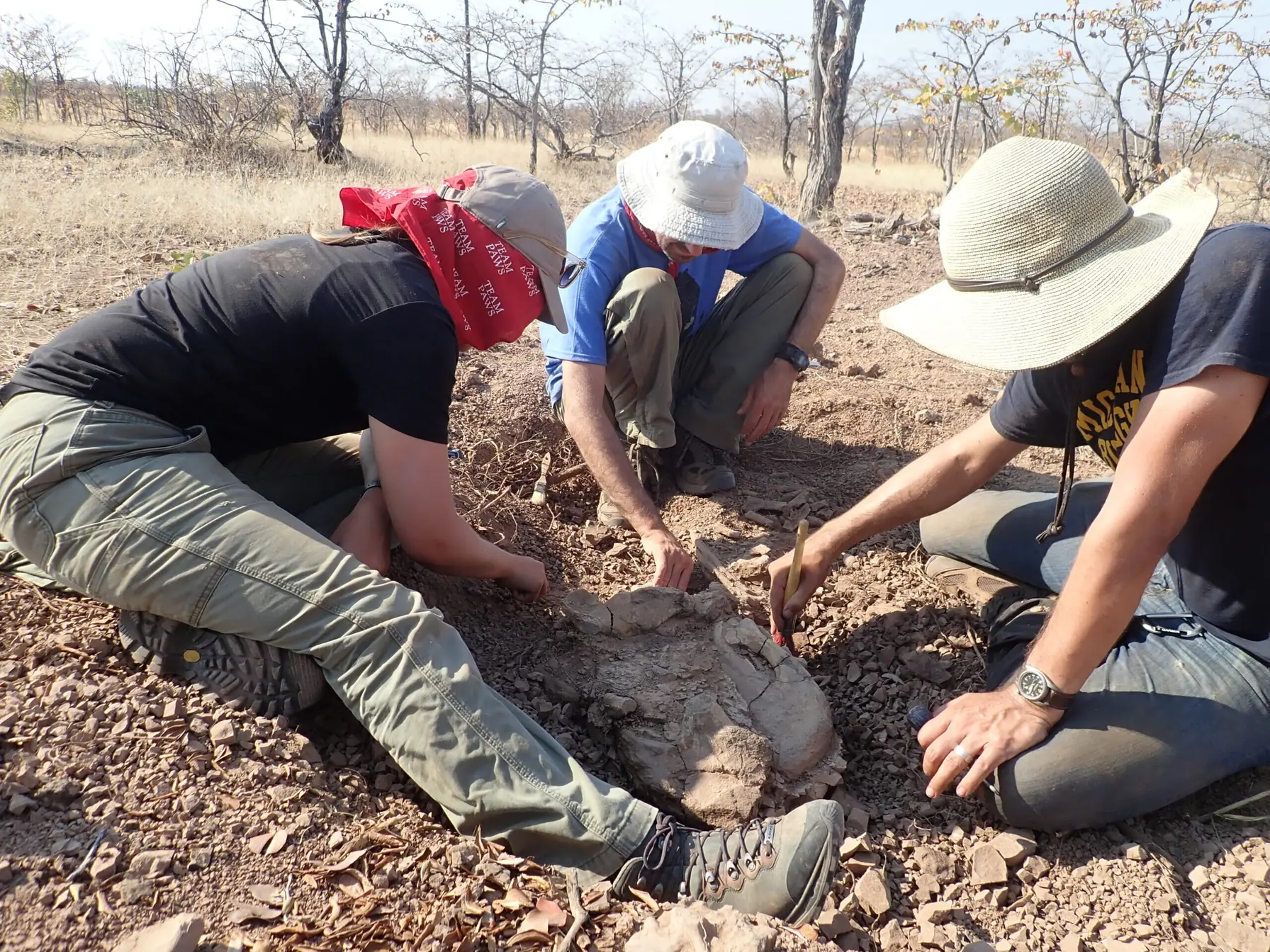
Permian fossils expand Africa timeline
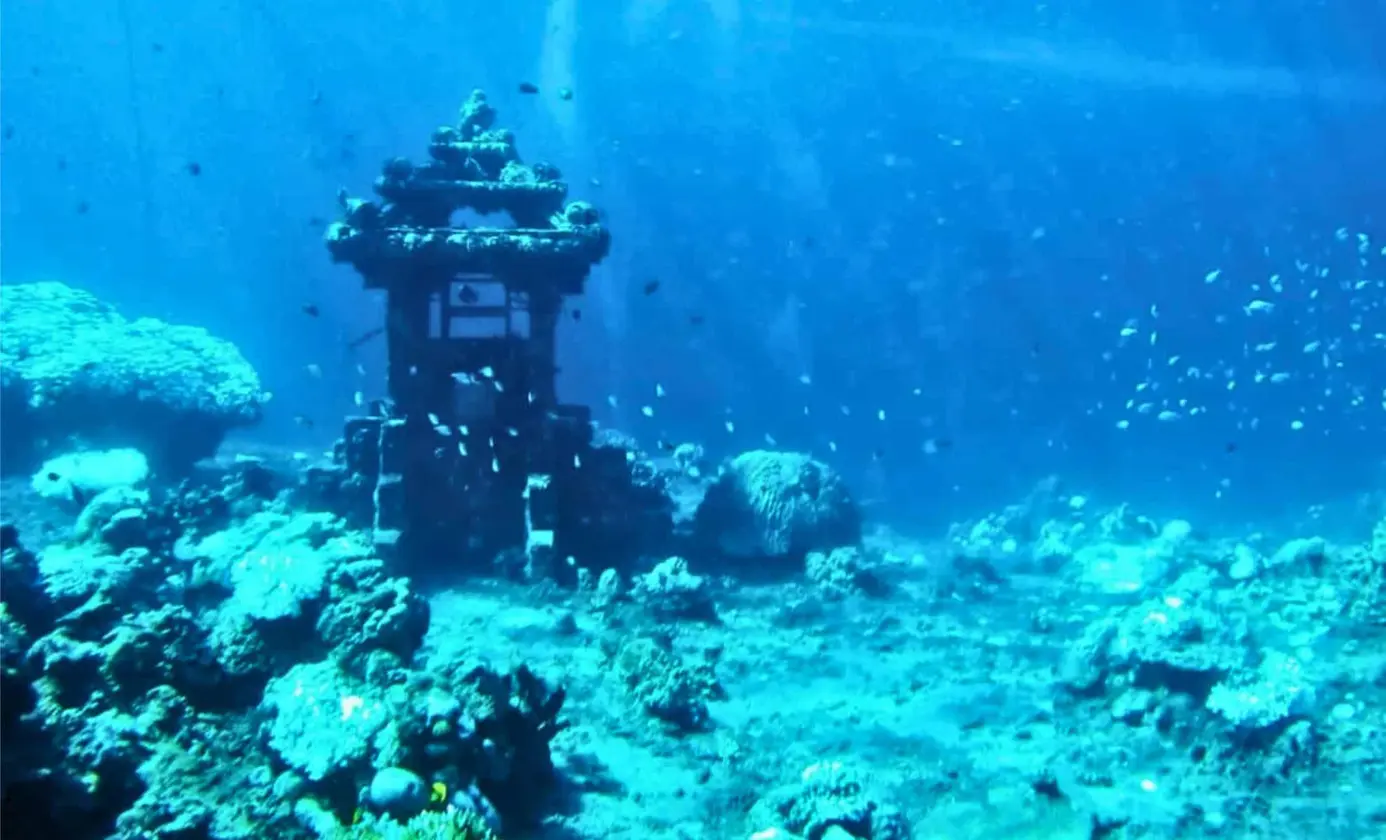
Ancient fossils discovered in Indonesian Sea
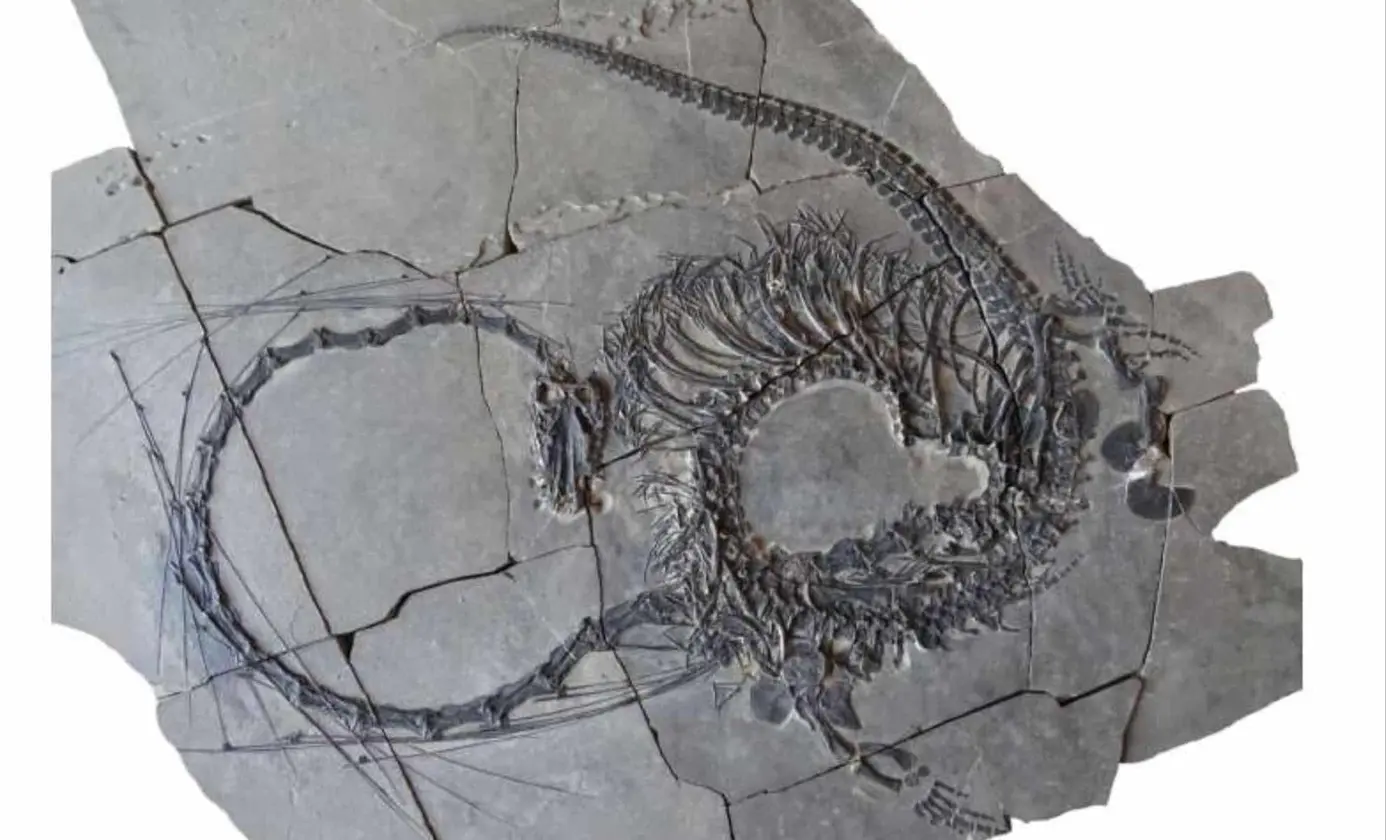
Triassic Dragon Fossil Found
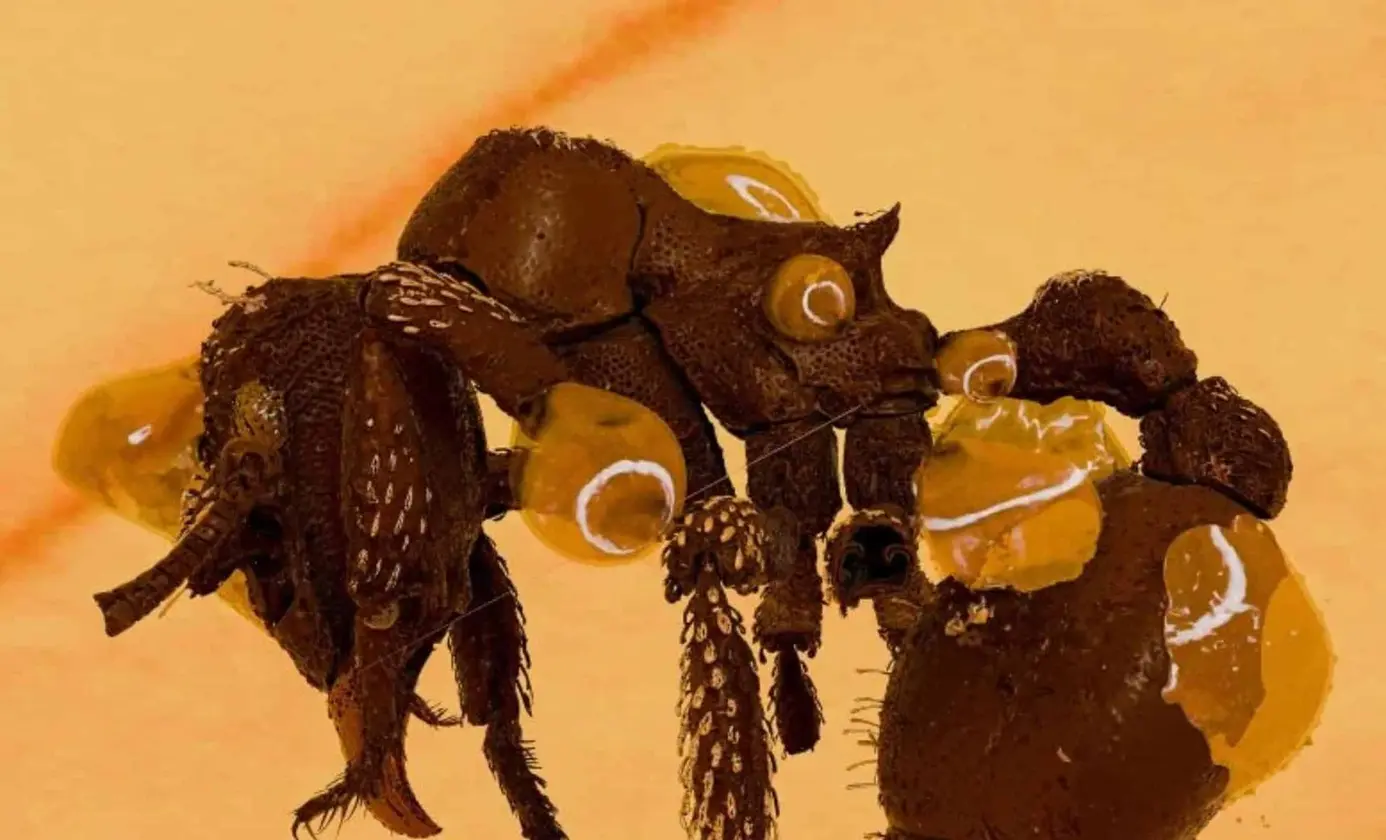
Rare Fossil Ant Discovery Changes Evolutionary Theory

Ancient plesiosaur unearthed after decades in museum vault
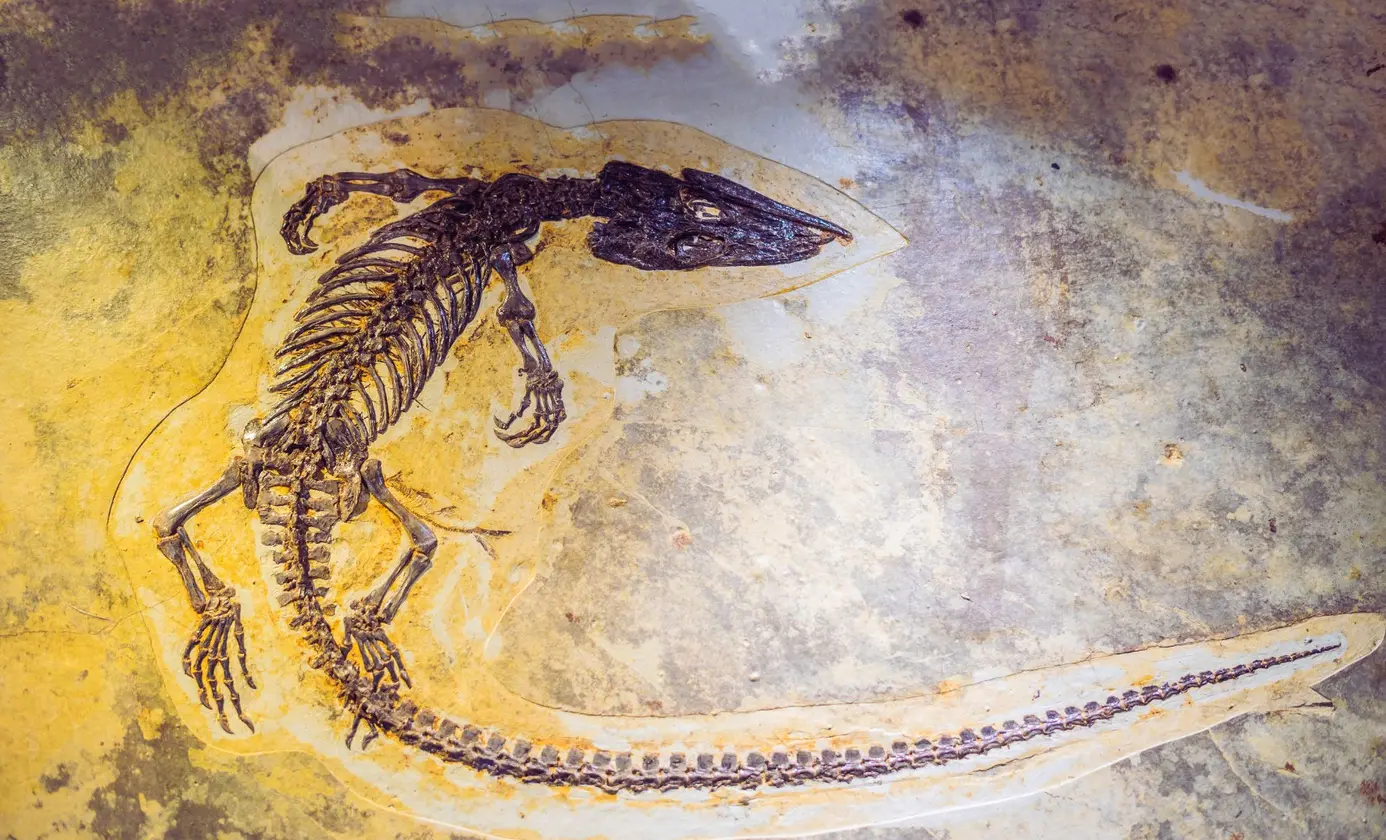
Oldest docodontan fossil found in Greenland
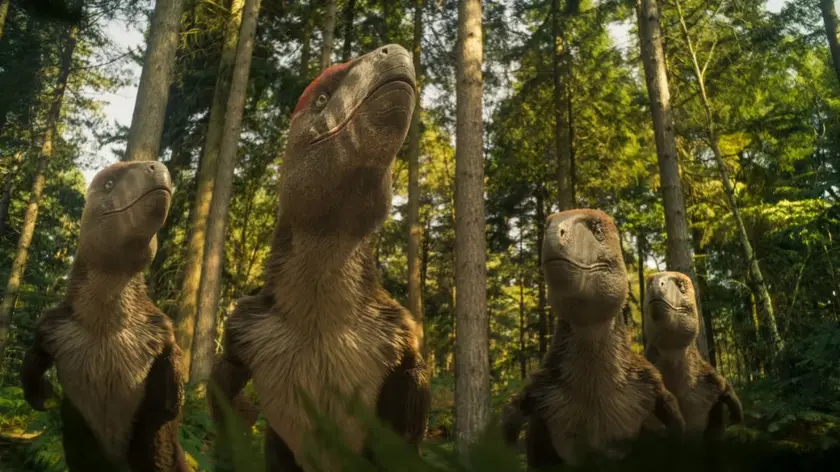
Dinosaur Movies and Documentaries Explore Our Fascination

Ancient ecosystem discovered in Illinois
